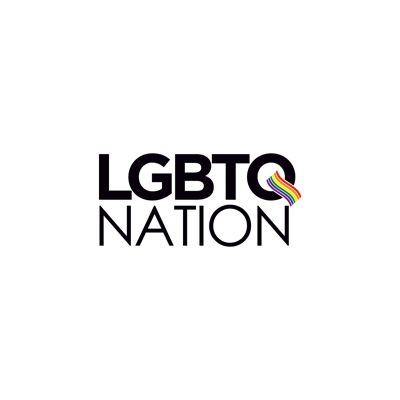
NEW YORK — A unique federally funded study offers a detailed look at the lives of LGBT youth in New York City who cope with homelessness and poverty by engaging in what the researchers call “survival sex.”
In extensive interviews conducted over three years by the Urban Institute, 283 young people spoke about experiencing family rejection, establishing support networks with groups of their peers, and learning how to subsist on earnings from sexual encounters. Many said there were positive aspects to their lives, but a large majority expressed a yearning to get out of the sex business.
“They don’t see themselves as victims … but it’s not empowering for them to be doing this,” said Meredith Dank, the report’s lead author. “These are kids in very desperate situations who will do what they need to do to be able to survive.”
The study, funded by the Justice Department’s Office of Juvenile Justice and Delinquency Prevention, focused on youth between 15 and 21, although a handful of participants were older.
Of the respondents, 47 percent identified as male, 36 percent as female and 16 percent as transgender. About 90 percent were black, Latino or multiracial, and nearly 60 percent said they lived either in a shelter or on the street, often after being kicked out of their homes or aging out of foster care.
One gay 19-year-old told an interviewer how his mother had forced him to leave home.
“She didn’t want me being gay, she wanted grandchildren, she didn’t like my lifestyle,” he said. “She still loved me but she just didn’t want me being there.”
Among the report’s main findings:
- Many of the youths reported frustrating experiences with social services systems and providers, which often failed to help them find safe housing and adequate health care.
- Many participants have large peer networks, including other youth who engage in the sex business and help them.
- Complaints of violence and abuse were commonplace, inflicted by relatives, clients, peers, law enforcement officers and others. But many youths displayed resilience.
“They find ways to survive, often relying on their informal networks, street savvy, and quick learning abilities to share resources and skills and to adapt to difficult and often dangerous situations,” the report said.
Many of the youths said they had some means of protecting themselves physically when trading sex — knives and Mace were the preferred accessories.
On average, the youths saw 3 to 6 customers each day or night — and 11 to 18 a week — during periods when they were engaging in sexual transactions, according to the study. The prices that they reported charging per encounter ranged from about $90 to $230, and income per day generally ranged from about $355 to $735.
About 90 percent of the youths spoke of things they disliked about engaging in the sex trade — saying their work made them feel frustrated, dirty or endangered. Only 7 percent of respondents said they had no desire to stop engaging in the activity.
However, more than 80 percent said there were positive aspects — notably helping meet their basic needs and in some cases fostering a sense of community.
Article continues below
The report offered several recommendations for steps that might encourage such young people to disengage from the sex trade, including new programs that would offer safe housing, appropriate health care, and a pathway to job opportunities. Any such services would be most effective if designed with the particular needs of LGBT youth in mind, the report said.
The Urban Institute, a non-partisan public policy think tank based in Washington, D.C., did not attempt its own calculations of the overall number of LGBT youth engaged in the New York City’s commercial sex market. Its report cited earlier studies estimating the number at between 2,500 and 4,000 young people of all sexual orientations.
This material may not be published, broadcast, rewritten, or redistributed.













